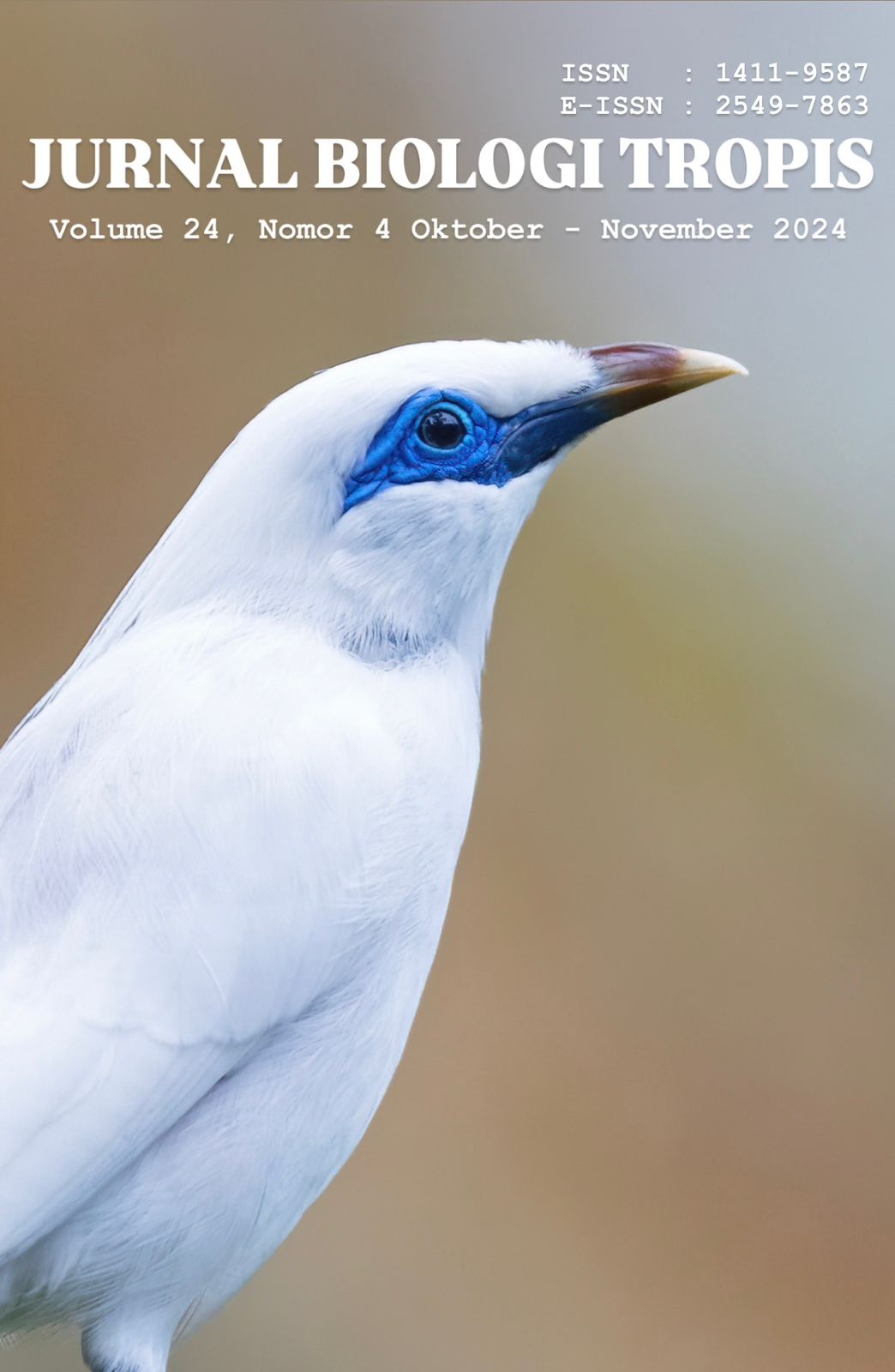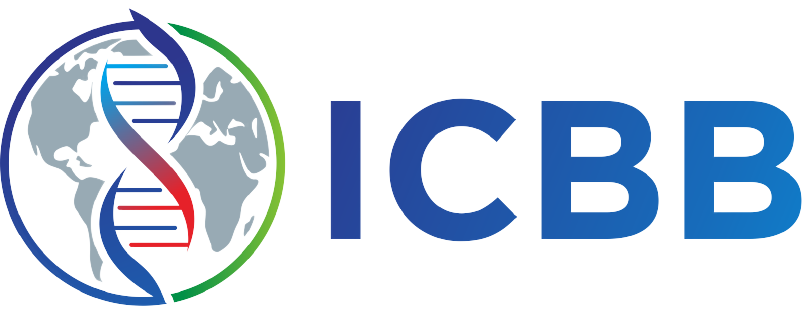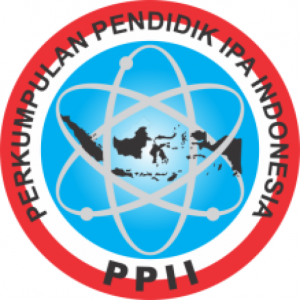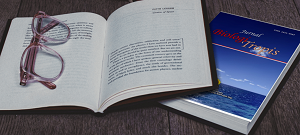
Most read articles by the same author(s)
- Dori Kusuma Jaya, Sari Yulia Kartika Hasibuan, Deseriana Bria, Isolation and Characterization of Potassium-Solubilizing Bacteria from Two Different Rhizospheres and a Cow Manure in IPB University , Jurnal Biologi Tropis: Vol. 21 No. 2 (2021): Mei - Agustus
- Dori Kusuma Jaya, Sri Ismiani, Zaitun Ritaqwin, The acdS Gene Expression of Rhizobacteria Isolated from Rhizospheric Soil of Pineapple under Stressful Condition , Jurnal Biologi Tropis: Vol. 23 No. 3 (2023): July - September
- Pipi Alfitriani, Mulyati Mulyati, Dori Kusuma Jaya, Effect of Biochar and Various Organic Fertilizer Combinations on Growth, Yield of Mustard Green (Brassica juncea L.), and Soil Chemical Properties of Inceptisol , Jurnal Biologi Tropis: Vol. 25 No. 4 (2025): Oktober-Desember
Similar Articles
- Edy Kurniawan, Dwi Soelistya Dyah Jekti, Lalu Zulkifli, AKTIVITAS ANTIBAKTERI EKSTRAK METANOL BATANG BIDARA LAUT (Strychnos ligustrina) TERHADAP BAKTERI PATOGEN , Jurnal Biologi Tropis: Vol. 19 No. 1 (2019): Januari - Juni
- Ahmad Raksun, Lalu Japa, I Gde Merta, PENGARUH KOMPOS KOTORAN KUDA TERHADAP PERTUMBUHAN KACANG PANJANG (Phaseolus vulgaris L) , Jurnal Biologi Tropis: Vol. 18 No. 2 (2018): Juli - Desember
- Auliyya Intan Mellaniy Arifin, Kristanti Indah Purwani, Endry Nugroho Prasetyo, Exploration of Acid-Tolerant Bacteria for Cellulose Production from Fruit Waste , Jurnal Biologi Tropis: Vol. 25 No. 4a (2025): Special Issue
- Muhammad Tirzady Prasetyo, I Gusti Made Kusnarta, Lolita Endang Susilowati, Mahrup, The Quality of Compost Made From a mixture of Oyster Mushroom Baglog Waste and Cow Manure with the Addition of Dekomposer of Promi, MA-11, and BPF , Jurnal Biologi Tropis: Vol. 23 No. 2 (2023): April-June
- Wahid Yulianto, Lilik Malta, Bulkaini Bulkaini, Djoko Kisworo, Haryanto Haryanto, Baiq Rani Dewi Wulandani, Fahrullah Fahrullah, Physical and Microbiology Characterization of Chicken Sausage that Added by Oyster Mushroom , Jurnal Biologi Tropis: Vol. 24 No. 1 (2024): Januari - Maret
- Audina Putri, Djoko Kisworo, Bulkaini Bulkaini, White Oyster Mushroom (Pleurotus ostreatus) As A Source of Food Fiber and Its Applications in Meat Processing , Jurnal Biologi Tropis: Vol. 21 No. 3 (2021): September - Desember
- Siti Nur Isnaini Hidayati, Lalu Zulkifli, Prapti Sedijani, Dewa Ayu Citra Rasmi, Antagonistic Test of Endophytic Bacteria of Chili Pepper Roots Producing Siderophores and Hydrolase Enzymes against Plant Pathogenic Bacteria Ralstonia Solanacearum , Jurnal Biologi Tropis: Vol. 24 No. 4 (2024): Oktober - Desember
- Muhammad Zaidan Tsani Ariandi, Meiskha Bahar, Hany Yusmaini, Fajriati Zulfa, Cut Fauziah, Andri Pramesyanti, Effectiveness of Metabolite Substance Filtrates of Actinomycetes isolates from Kebun Raya Bogor against the growth of Escherichia coli, Pseudomonas aeruginosa and Salmonella typhi: In Vitro study , Jurnal Biologi Tropis: Vol. 21 No. 1 (2021): Januari - April
- Nur Rokhimah Hanik, Sri Harsono, Ratna Dewi Eskundari, The Effect of Peanut Skin Compost Mix Variaries on Planting Media on the Growth of Dendrobium Sp , Jurnal Biologi Tropis: Vol. 21 No. 1 (2021): Januari - April
- Lalu Zulkifli, Dwi Soelistya Diah Jekti, Nur Lestari dan Dewa Ayu Citra Rasmi, Isolasi Bakteri Endofit Dari Sea Grass Yang Tumbuh Di Kawasan Pantai Pulau Lombok Dan Potensinya Sebagai Sumber Antimokroba Terhadap Bakteri Patogen , Jurnal Biologi Tropis: Jurnal Biologi Tropis. Vol.16 No.2 Desember 2016
You may also start an advanced similarity search for this article.

